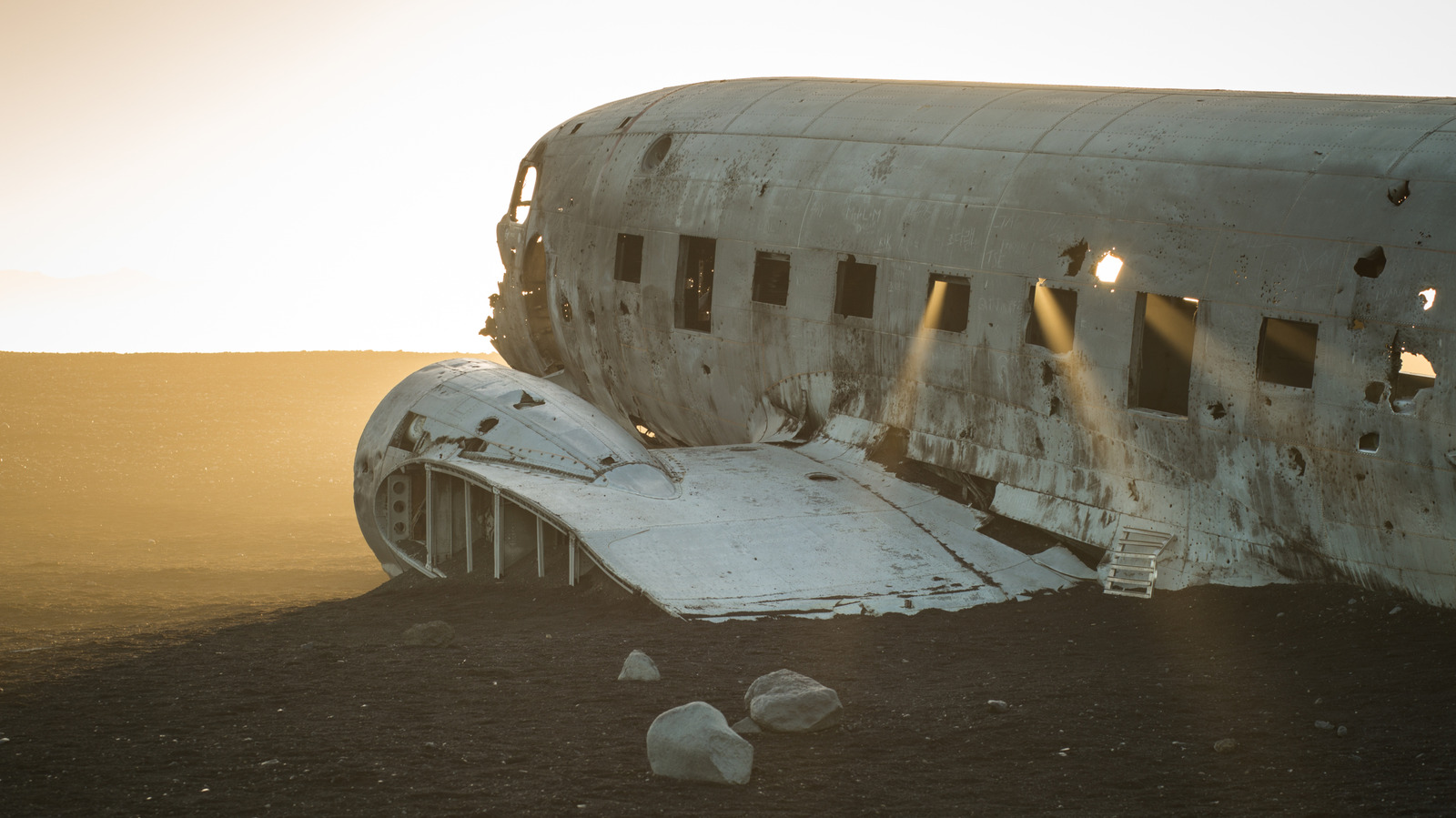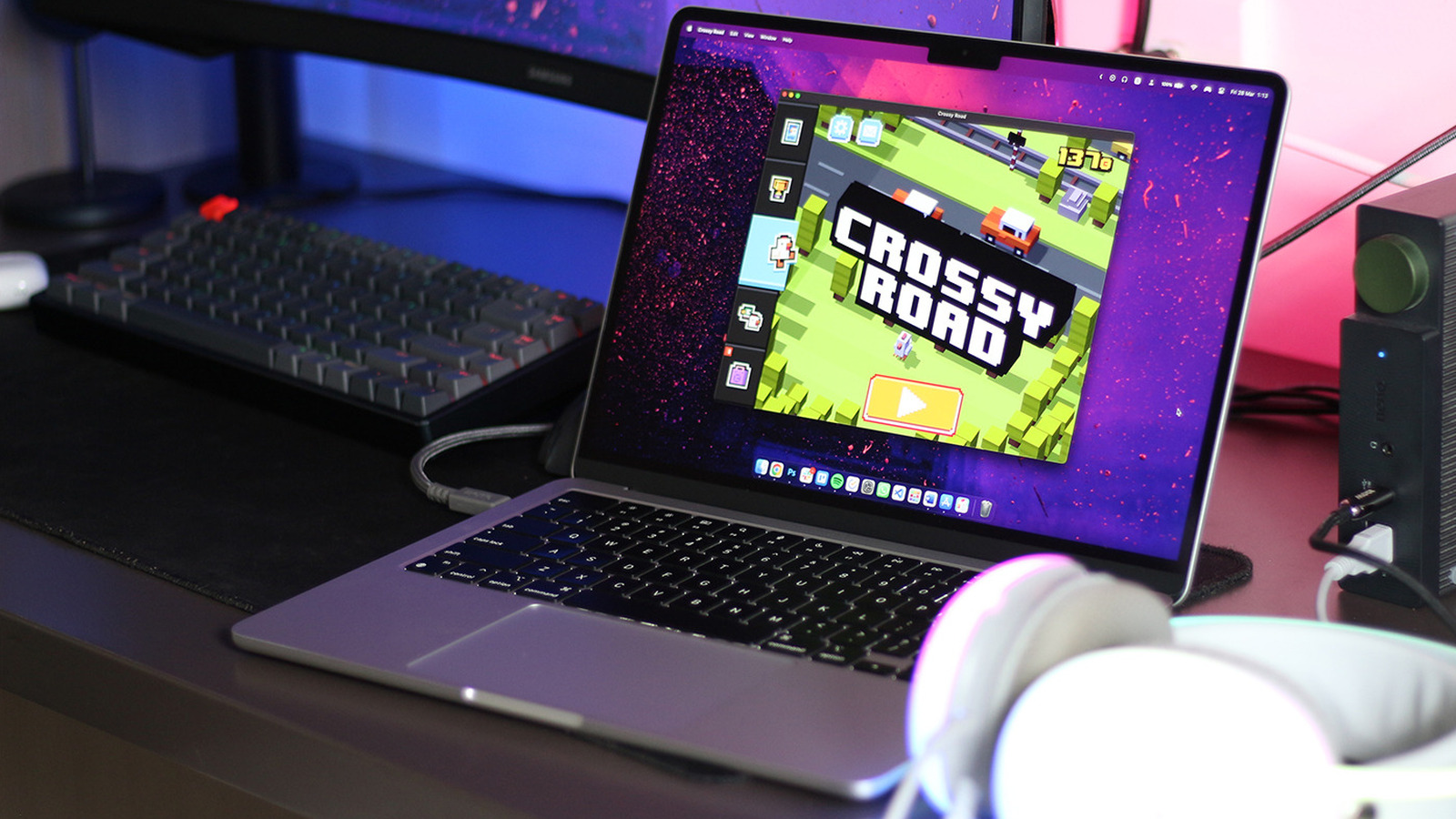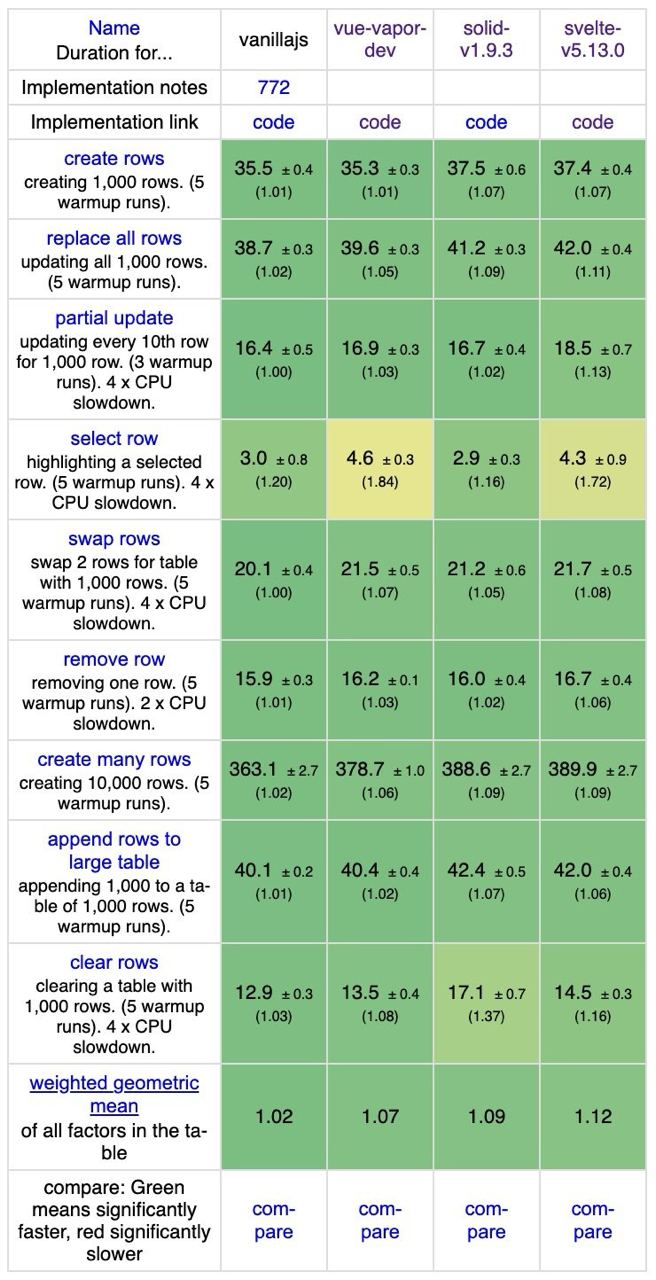How to Make a Cardboard Packaging Box
Cardboard packaging boxes are widely used for shipping, storage, and retail packaging. Whether you need a custom-sized box for a specific product or want an eco-friendly packaging solution, making your own cardboard box is a practical and cost-effective option. DIY cardboard boxes allow for customization, branding, and sustainability while reducing waste. In this guide, we will walk you through the step-by-step process of making a sturdy and functional cardboard packaging box. Materials and Tools Needed Essential Materials Blank corrugated sheets or used cardboard boxes Tools Required Tape Measure Utility knife Straight edge Hot glue gun Pencil Step-by-Step Guide to Making a Cardboard Packaging Box 1. Planning and Designing Before cutting the cardboard, you need to plan and design your box carefully. Describe the Box Dimensions Measure the product or items you want to pack. Determine the width, length, and height of the box, allowing some extra space for padding if necessary. Sketch the Box Layout on Paper (Optional but Helpful) Drawing a simple layout of the box will help ensure accurate cuts and folds. Label the sections for easy reference. Choose the Type of Box Depending on your needs, choose one of the following box types: Regular Slotted Container (RSC): A standard box with four flaps meeting at the center when closed. Die-Cut Box: A custom-shaped box often used for product packaging. Folding Carton: A lightweight box, ideal for retail packaging. Pick the Right Cardboard Selecting the right type of cardboard ensures the durability of your box: Corrugated Cardboard: Strong and ideal for shipping and storage. Single-layer Cardboard: Lighter and better suited for product packaging. 2. Cutting the Cardboard Once the design is finalized, follow these steps to cut the cardboard: Lay the cardboard flat on a clean surface. Use a tape measure to mark the dimensions with a pencil. With a straight edge as a guide, cut along the lines using a utility knife. Ensure the cuts are precise for clean edges. 3. Folding and Assembly Score the cardboard along the fold lines using a dull knife or scoring tool to prevent cracking. Fold the cardboard along the scored lines to shape the box. Assemble the box by aligning the flaps properly. 4. Securing and Reinforcing the Box To ensure the box is strong and stays intact: Apply hot glue along the edges of the flaps and press them together. Use packing tape to reinforce seams and corners. For added durability, place an extra layer of cardboard at the bottom. Customization and Decoration Ideas Once your box is assembled, you can customize it to enhance its appearance: Branding: Print your logo or use stickers to create a professional look. Decorating: Paint or apply decorative paper to match your theme. Eco-friendly Packaging: Use biodegradable materials and inserts for sustainability. Benefits and Uses of DIY Cardboard Packaging Boxes Making your own cardboard packaging boxes comes with several advantages: Cost-effective: Reduces packaging costs. Customizable: You can create boxes in any shape, size, or design. Eco-friendly: Promotes recycling and sustainability. Multi-purpose: Ideal for shipping, product packaging, and storage. Conclusion Creating a custom cardboard packaging box is an easy and rewarding process. With the right materials and tools, you can craft sturdy and well-designed boxes that fit your needs. Whether for personal or business use, DIY cardboard boxes are a cost-effective and sustainable packaging solution. Try making one today and enjoy the benefits of customized packaging!

Cardboard packaging boxes are widely used for shipping, storage, and retail packaging. Whether you need a custom-sized box for a specific product or want an eco-friendly packaging solution, making your own cardboard box is a practical and cost-effective option. DIY cardboard boxes allow for customization, branding, and sustainability while reducing waste. In this guide, we will walk you through the step-by-step process of making a sturdy and functional cardboard packaging box.
Materials and Tools Needed
Essential Materials
- Blank corrugated sheets or used cardboard boxes
Tools Required
- Tape Measure
- Utility knife
- Straight edge
- Hot glue gun
- Pencil
Step-by-Step Guide to Making a Cardboard Packaging Box
1. Planning and Designing
Before cutting the cardboard, you need to plan and design your box carefully.
Describe the Box Dimensions
- Measure the product or items you want to pack.
- Determine the width, length, and height of the box, allowing some extra space for padding if necessary.
Sketch the Box Layout on Paper (Optional but Helpful)
- Drawing a simple layout of the box will help ensure accurate cuts and folds.
- Label the sections for easy reference.
Choose the Type of Box
Depending on your needs, choose one of the following box types:
- Regular Slotted Container (RSC): A standard box with four flaps meeting at the center when closed.
- Die-Cut Box: A custom-shaped box often used for product packaging.
- Folding Carton: A lightweight box, ideal for retail packaging.
Pick the Right Cardboard
Selecting the right type of cardboard ensures the durability of your box:
- Corrugated Cardboard: Strong and ideal for shipping and storage.
- Single-layer Cardboard: Lighter and better suited for product packaging.
2. Cutting the Cardboard
Once the design is finalized, follow these steps to cut the cardboard:
- Lay the cardboard flat on a clean surface.
- Use a tape measure to mark the dimensions with a pencil.
- With a straight edge as a guide, cut along the lines using a utility knife.
- Ensure the cuts are precise for clean edges.
3. Folding and Assembly
- Score the cardboard along the fold lines using a dull knife or scoring tool to prevent cracking.
- Fold the cardboard along the scored lines to shape the box.
- Assemble the box by aligning the flaps properly.
4. Securing and Reinforcing the Box
To ensure the box is strong and stays intact:
- Apply hot glue along the edges of the flaps and press them together.
- Use packing tape to reinforce seams and corners.
- For added durability, place an extra layer of cardboard at the bottom.
Customization and Decoration Ideas
Once your box is assembled, you can customize it to enhance its appearance:
- Branding: Print your logo or use stickers to create a professional look.
- Decorating: Paint or apply decorative paper to match your theme.
- Eco-friendly Packaging: Use biodegradable materials and inserts for sustainability.
Benefits and Uses of DIY Cardboard Packaging Boxes
Making your own cardboard packaging boxes comes with several advantages:
- Cost-effective: Reduces packaging costs.
- Customizable: You can create boxes in any shape, size, or design.
- Eco-friendly: Promotes recycling and sustainability.
- Multi-purpose: Ideal for shipping, product packaging, and storage.
Conclusion
Creating a custom cardboard packaging box is an easy and rewarding process. With the right materials and tools, you can craft sturdy and well-designed boxes that fit your needs. Whether for personal or business use, DIY cardboard boxes are a cost-effective and sustainable packaging solution. Try making one today and enjoy the benefits of customized packaging!









































































































































































![[The AI Show Episode 142]: ChatGPT’s New Image Generator, Studio Ghibli Craze and Backlash, Gemini 2.5, OpenAI Academy, 4o Updates, Vibe Marketing & xAI Acquires X](https://www.marketingaiinstitute.com/hubfs/ep%20142%20cover.png)



























































































































![[DEALS] The Premium Learn to Code Certification Bundle (97% off) & Other Deals Up To 98% Off – Offers End Soon!](https://www.javacodegeeks.com/wp-content/uploads/2012/12/jcg-logo.jpg)


![From drop-out to software architect with Jason Lengstorf [Podcast #167]](https://cdn.hashnode.com/res/hashnode/image/upload/v1743796461357/f3d19cd7-e6f5-4d7c-8bfc-eb974bc8da68.png?#)









































































































.png?#)
































_Christophe_Coat_Alamy.jpg?#)
 (1).webp?#)


































































































![iPhone 17 Pro Won't Feature Two-Toned Back [Gurman]](https://www.iclarified.com/images/news/96944/96944/96944-640.jpg)
![Tariffs Threaten Apple's $999 iPhone Price Point in the U.S. [Gurman]](https://www.iclarified.com/images/news/96943/96943/96943-640.jpg)








































































































































